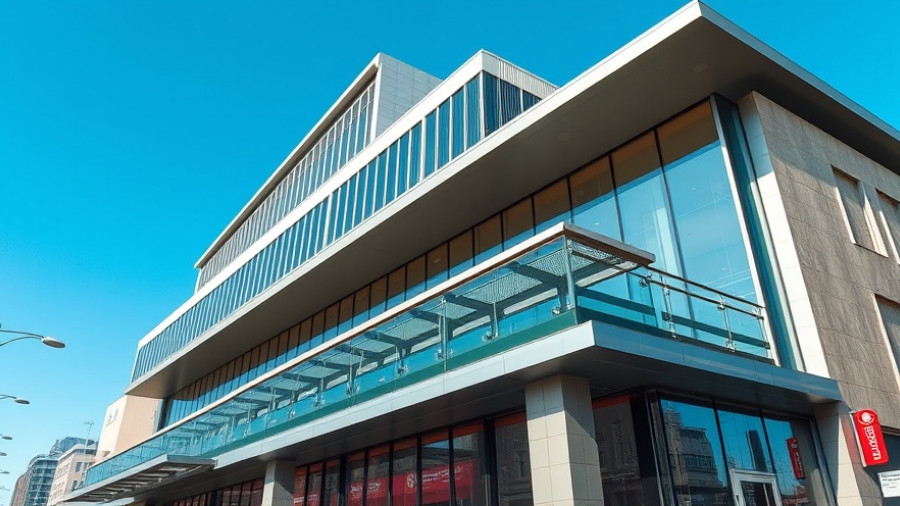
The Best in Safety Innovation: NSC Awards Showcase Cutting-Edge Products
The recent National Safety Council (NSC) New Product Showcase Awards highlighted some of the most innovative safety solutions for workplaces and beyond. Held at the NSC Safety Congress & Expo in Denver, the awards recognized revolutionary products aimed at protecting workers and enhancing safety across various industries.
Top Honors Go to iEvac E500: A Groundbreaking Escape Solution
Leading the pack as the “Best in Show” winner is the iEvac E500 Industrial Escape Hood from Elmridge Protection Products. This NIOSH-certified escape hood is designed to safeguard users against a multitude of toxic gases, vapors, and particulates with a protective level of P100. Notably, the iEvac E500 features a reusable, transparent hood with an easily replaceable filter that ensures longevity with a shelf life of up to ten years. Its soft, transparent material helps provide a distortion-free field of view, complemented by an anti-fog coating to enhance visibility during emergencies. This robust design reflects a growing commitment to worker safety, especially in industrial settings where exposure to harmful substances is a significant risk.
Second Place: PIP Traverse Safety Helmet – Intelligent Protection
Securing the second place in the competition is the PIP Traverse Safety Helmet, equipped with both Quin and Mips technology. This helmet stands out as an intelligent safety solution that actively detects hazards specific to the workplace, including falls and temperature changes. By integrating sensors and an NFC tag, the helmet ensures quick access to medical ID information and real-time alerts to emergency contacts and first responders during critical moments. The PIP Traverse helmet emphasizes the increasing importance of technology in fostering safer work environments.
Innovative Design: Werner Cable Grab’s Practical Application
Rounding out the top three is the Werner Cable Grab. This device is ingeniously designed to integrate seamlessly with a variety of fixed ladder and tower systems, boasting a universal attachment system that allows for effortless connection to cables. This feature supports smooth ascents and descents, minimizing the potential for unexpected lockups or abrupt stops, thus enhancing user safety. The Werner Cable Grab exemplifies how modern design can significantly improve day-to-day operational safety.
Engagement and Influence: A Stakeholder’s Perspective
More than 7,500 votes were cast in this year’s showcase, emphasizing the growing interest and demand for innovative safety products. As business owners, property developers, and facility managers, understanding these advancements is critical. Investing in cutting-edge technologies not only meets compliance requirements but also fosters a culture of safety and well-being within organizations. This approach yields tangible benefits, including enhanced employee satisfaction and productivity, and ultimately stronger business outcomes.
Looking Ahead: The Future of Workplace Safety
The innovations showcased at the NSC awards signal a promising future for workplace safety. As technology continues to evolve, we can expect to see even more groundbreaking tools and equipment that prioritize employee health and safety. Businesses that proactively adopt these solutions will not only protect their workforce but also position themselves as leaders in a rapidly changing landscape.
In a world where workplace safety cannot be compromised, the insights shared at the NSC New Product Showcase serve as a guiding light for businesses aiming to enhance their safety protocols. By prioritizing the adoption of these innovative products, stakeholders take an essential step toward a safer, more efficient working environment.
 Add Row
Add Row  Add
Add 




Write A Comment